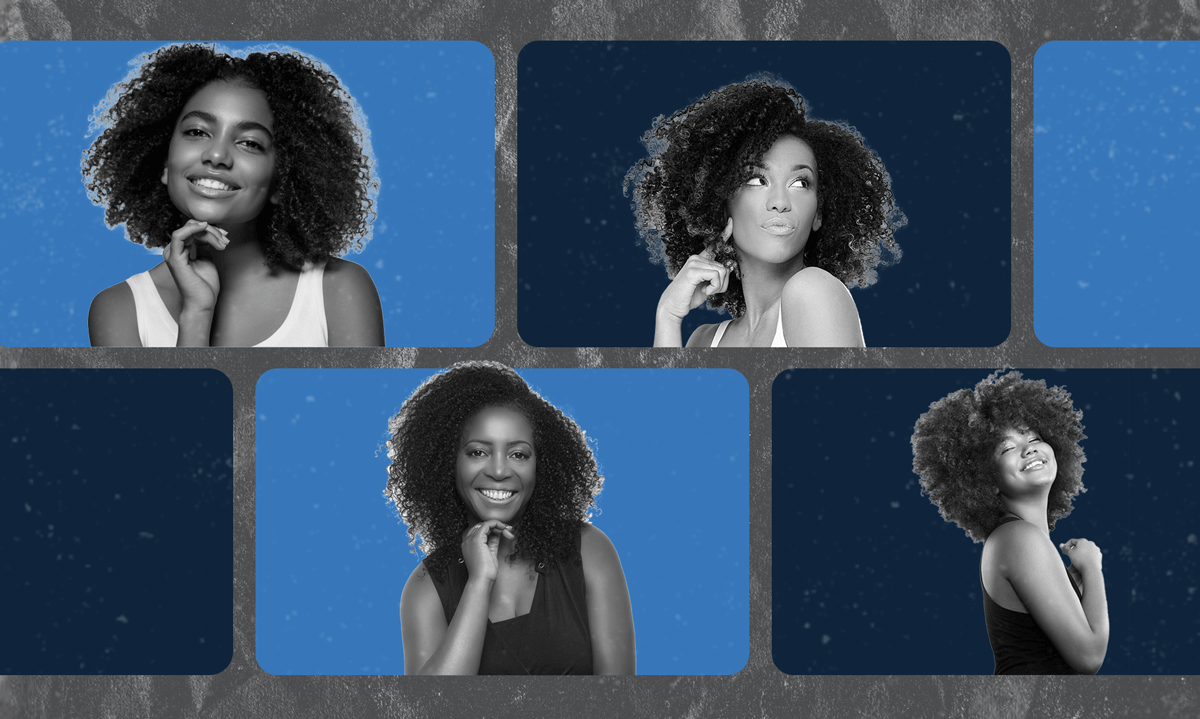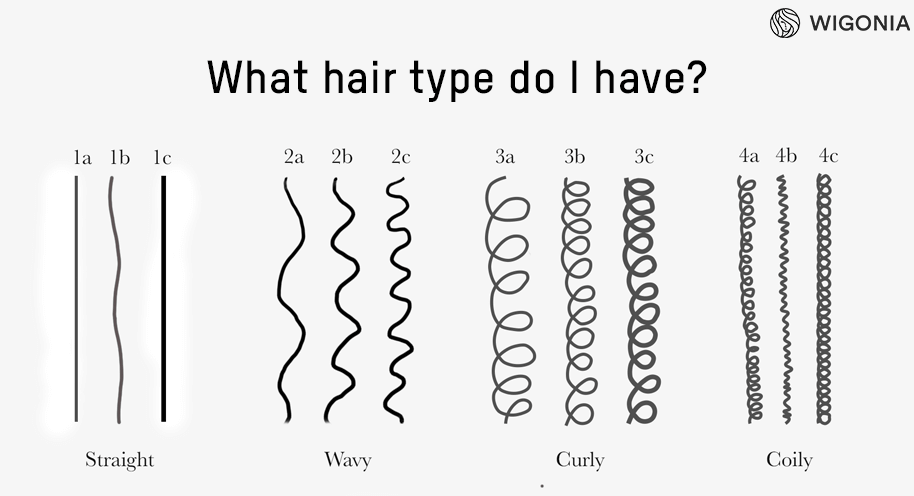
Afro and curly hair comes in all textures and patterns. To make it easier to identify, hair can be grouped an alphanumeric code ranging from 1-4, followed by a letter A,B or C (with 1A being the softest and straightest hair).
Most black women have type 4 hair, which looks coiled or kinky curly. These curls are often wiry and fragile, shrinking when dry and appearing much shorter than they actually are. There is a common misconception that type 4 hair doesn’t grow very fast, which isn’t true. Due to shrinkage, the only way to know the true length of type 4 hair is to pull it to straightness (avoid doing this if it isn’t your own hair).
What makes type 4 so fragile is the dryness, which is why we suggest moisturising curly/coiled hair to prevent breakage and damage from the environment.
It’s quite easy to identify type 4C hair, despite it having no curl pattern – to see a curl on 4C hair, wetting, and lots of product are needed. Type 4C hair has high levels of shrinkage, sometimes over 70%, which can make it appear much shorter than its actual length.
Texture-wise, 4C hair can be soft and thin, even coarse and dense (find out how to care for thin and fine hair). If you have densely packed strands, it can look very similar to 4B hair – with the main difference being that 4C hair is very dense and is less defined.
The best way to tell if you have type 4C hair is to compare your strands against this diagram:

Type 4C hair needs daily care and maintenance to remain as healthy and vibrant as possible. Here is what I suggest for my clients looking to keep their densely packed coils on point:
Daily moisturizing using water-based products, focusing on liquids, oils or creams (don’t use all at once otherwise your hair may look greasy and feel heavy). Don’t forget to keep a spray bottle with water and leave-in conditioner handy.
Protective styling is essential, prioritizing styles like twists, braids and updos. Frequent manipulation of your hair is likely to cause damage and unnecessary breakage. When sleeping, don’t forget your silk or satin bonnet (this is probably quite obvious). A real game-changer is using a silk pillow or satin pillowcase.
Some additional tips:
If you’re still struggling to care for your afro hair, try an afro wig instead.
Straight from the Wigonia team.
Copyright © 2025 – Created by Wigonia
